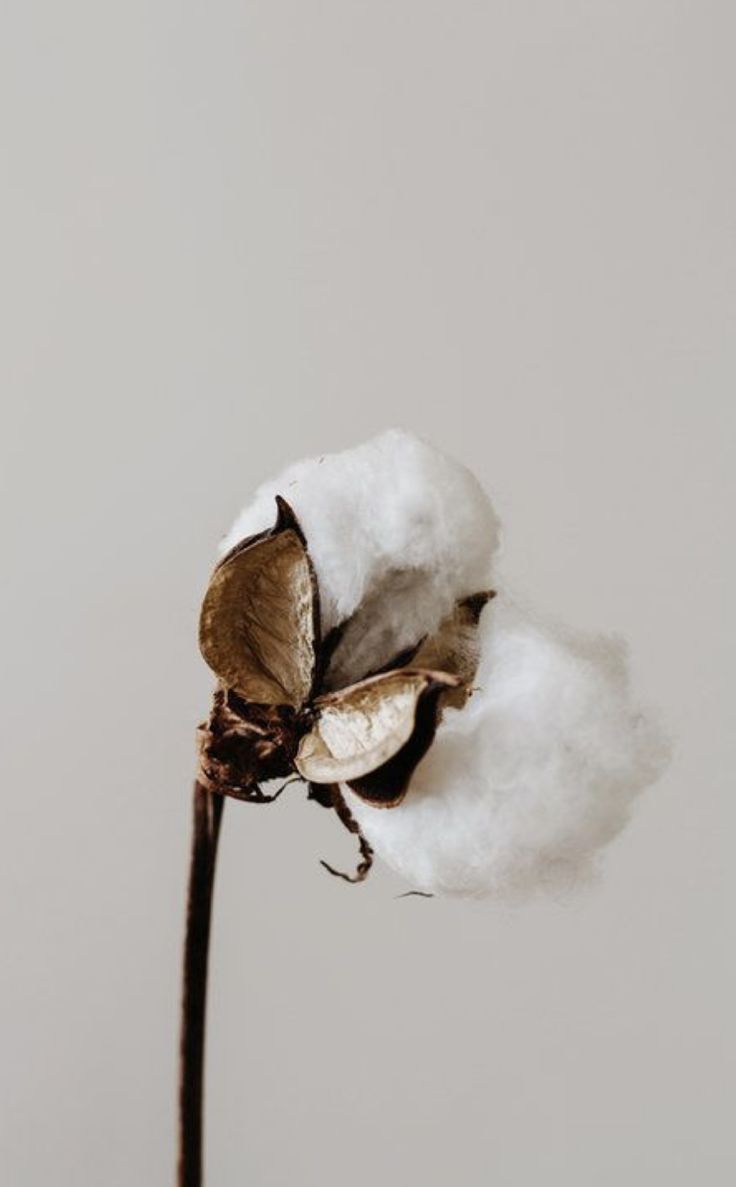
Elegance and the Geopolitics of Cotton
From India’s plantations to global markets, how an ancient fiber continues to shape economic, political, and cultural balances.
Cotton is one of the world’s oldest fabrics. For over five thousand years it has accompanied human history, from the first crops along the Indus and the Nile to Europe’s industrial revolution. It is not just a fiber: it is a symbol. It links the field to the loom, the farmer’s hand to the tailor’s, the elegance of a finished garment to the geopolitical balances that still influence global markets today.
Ancient routes and the birth of a textile empire
India was the cradle of cotton. Here the first lightweight fabrics were born, conquering the markets of the Mediterranean and the East. In the centuries that followed, trade passed through the Ottoman Empire and reached Europe, where cotton became synonymous with refinement and innovation.
But it was during the Industrial Revolution that the fiber permanently changed the destiny of the West. English spinning mills transformed cotton into an economic engine, fueling mass production that reshaped cities and consolidated new power dynamics.
Cotton and power: a fiber that made history
Behind the lightness of a fabric often lies the weight of history. In the 19th century, cotton was at the center of the slave trade, exploited on American plantations. Later, it became a political and economic battleground during the Civil War, when “King Cotton” of the American South influenced the fate of global industry.
Today, the geopolitics of cotton is no less complex. China, India, the United States, and Pakistan are the main producers, and issues of water management, labor rights, and sustainability make this fiber still a terrain of global tensions.
Conscious elegance: from field to shirt
For high-end tailoring, cotton is a living material. Its quality is measured not only in fineness or strength but also in the story it carries. A fabric sourced from ethical and sustainable cultivation now tells a different kind of luxury: that of awareness.
At Vanacore Napoli, the search for raw materials is not only technical but also ethical. Choosing the right cotton means respecting those who cultivate it, valuing careful supply chains, and transforming a fiber into a garment that lasts over time. It is a silent yet concrete way of affirming that true elegance cannot exist without responsibility.
Between aesthetics and responsibility
The future of tailoring also lies here: in knowing how to combine aesthetics with commitment. If the shirt is a timeless symbol of elegance, the fabric it is made from must embody a luxury that does not consume but preserves, that does not exploit but enhances.
Behind every Vanacore shirt lies not only the hand of the tailor but also a clear choice: to turn an ancient material into a contemporary statement of style, awareness, and respect.







